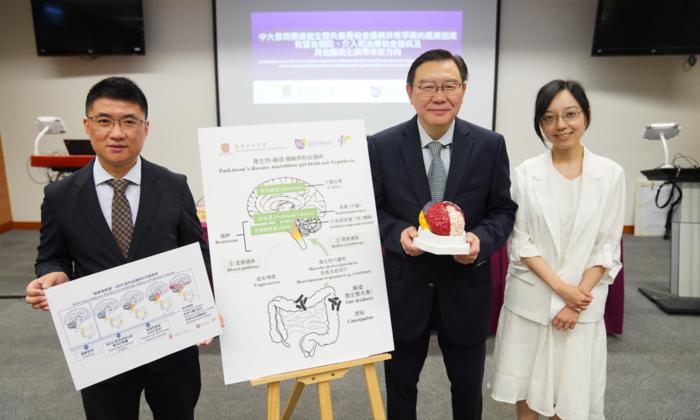The natural tendon is a strong, resilient biological tissue rich in water content. While the medical community has been exploring synthetic hydrogel as an alternative to replicate the structure and characteristics of natural tendons for decades. However, the synthetic hydrogel material is more prone to fracture, which is not conducive to biomedical applications.
Dr. Lizhi Xu, from the Department of Mechanical Engineering in the Faculty of Engineering at HKU, has led a research team that developed a novel hydrogel material mimicking tendons. This new material boasts excellent mechanical toughness, replicating the structural properties of natural tendons, making it a valuable addition for multifunctional advanced biomedical applications.
The team has developed an innovative material to mimic the structure of tendons using “aramid nanofiber” combined with “polyvinyl alcohol.” They aligned the aramid nanofibers in the tensile direction by subjecting the mixture to tensile stress, forming an anisotropic fiber network.
This material is made of the same polymer used in bulletproof vests and helmets, making it highly durable and resistant to damage. The result is a material that mimics the properties of tendons, making it an excellent candidate for use in various applications.
The research team highlights that the composite hydrogel’s exceptional mechanical toughness arises from the interplay between the inflexible aramid nanofibers and the malleable polyvinyl alcohol.
With a water content of 60 percent, an elastic modulus (Young’s modulus) of approximately 1 GPa, and a tensile strength of about 80 MPa, the novel hydrogel material surpasses several or even thousands of times the mechanical properties of other synthetic hydrogel materials. Moreover, the hydrogel’s surface can be further customized to modulate cellular behavior or integrated with flexible bioelectronic sensors, replicating the natural tendons’ function.
Dr. Xu has highlighted the exceptional mechanical toughness of this hydrogel material. Its versatile properties make it suitable for multifunctional applications, including usage with bioactive molecules and flexible electronic sensors. The hydrogel’s ability to provide key functions for human tissue repair and implantable medical devices is a significant advancement in biotechnology.
The composition has the structural characteristics of natural tendons and has good mechanical toughness, and can be used with bioactive molecules and flexible electronic sensors for multifunctional applications.




